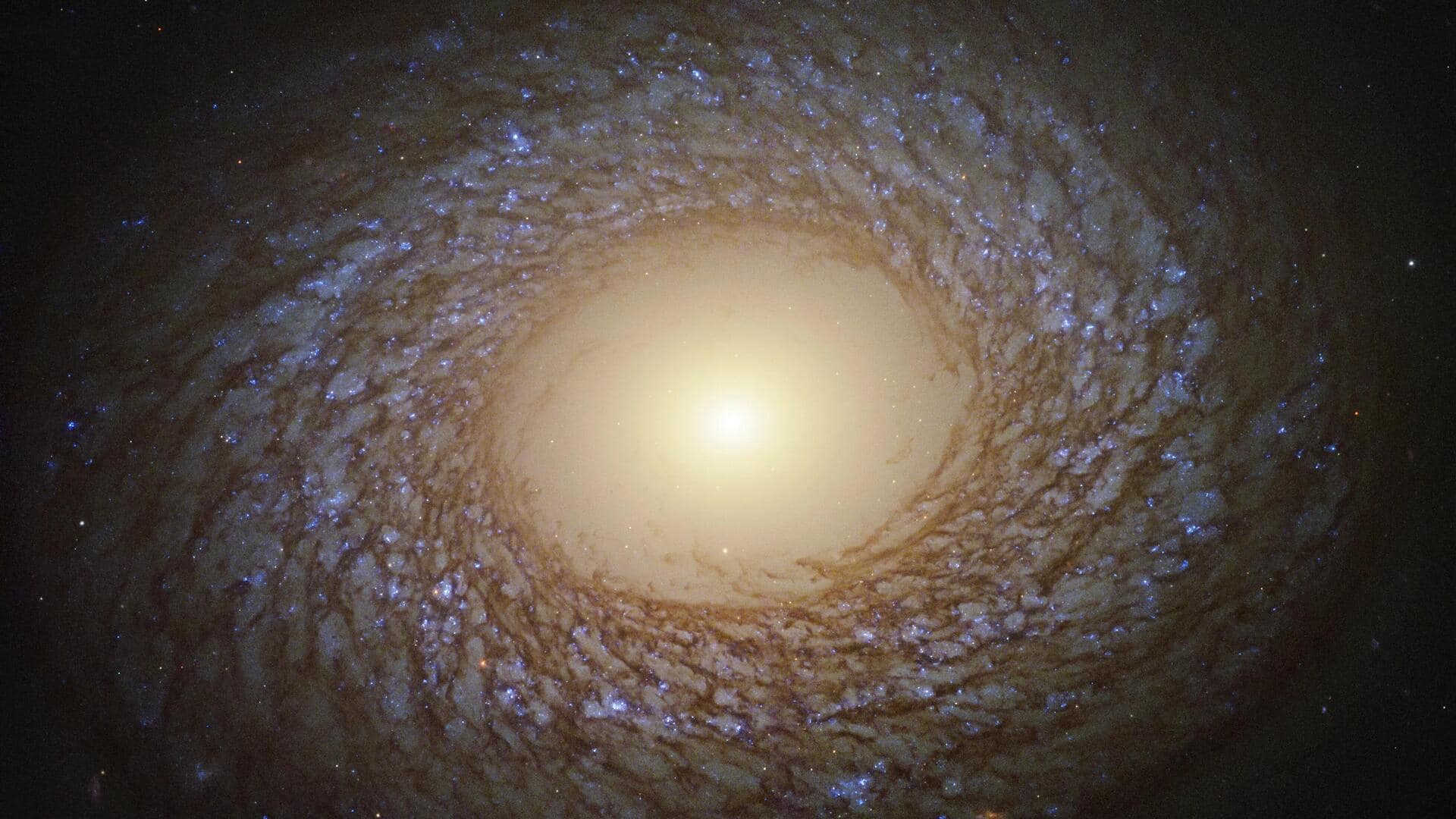
Not spiral, not elliptical: Hubble finds galaxy that defies rules
What's the story
NASA's Hubble Space Telescope has discovered a strange galaxy, NGC 2775, some 67 million light-years away in the constellation of Cancer. The discovery challenges traditional classifications of galaxies into spiral, elliptical or lenticular categories. NGC 2775 combines features from different classes in a way that makes it hard to classify.
Dual nature
Hybrid of spiral and elliptical galaxies
The core of NGC 2775 is smooth and gas-poor, much like elliptical galaxies. However, this central region is surrounded by a ring of dust and gas with clusters of young stars and faint spiral arms. Some astronomers are leaning toward classifying it as a flocculent spiral galaxy, whose arms are loosely defined and patchy. But it also shows characteristics similar to those of a lenticular galaxy, which lies between spirals and ellipticals in the cosmic hierarchy.
Historical clues
Past mergers or close encounters
The strange structure of NGC 2775 could be a record of past mergers or close encounters. Observations have detected a hydrogen gas tail nearly 100,000 light-years long, possibly the remnant of a disrupted companion galaxy. The nearby irregular galaxy NGC 2777 seems to have a tidal hydrogen tail tracing back to NGC 2775, hinting at possible past interactions. Such encounters could strip gas from the galaxy's interior, weaken spiral arms or gradually alter its shape.
Research potential
Rare opportunity to study morphological transformation
The unique system of NGC 2775 provides astronomers with a rare opportunity to study morphological transformation. Its uncertain classification, seen from just one angle, could help reveal how spiral galaxies evolve into lenticular or elliptical forms. It could also shed light on the role of mergers and interactions in shaping galactic structure. The shell-like structures in its outskirts and faint tidal debris suggest that NGC 2775 is an intermediate evolutionary phase in this process.